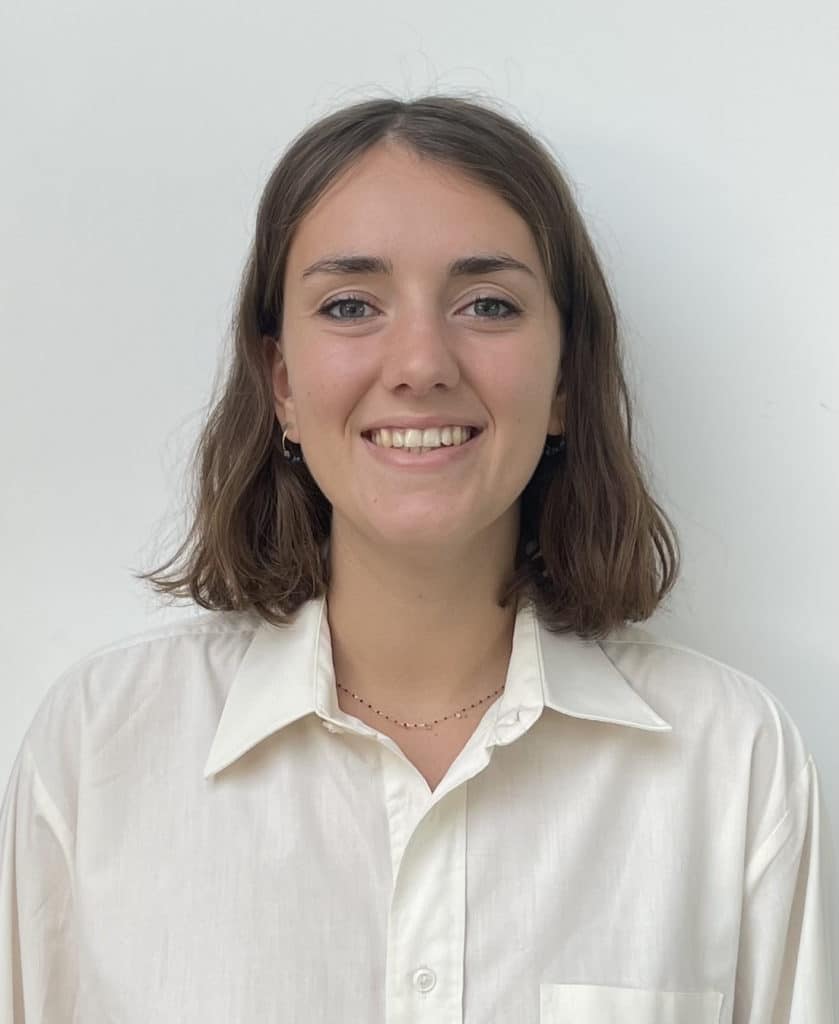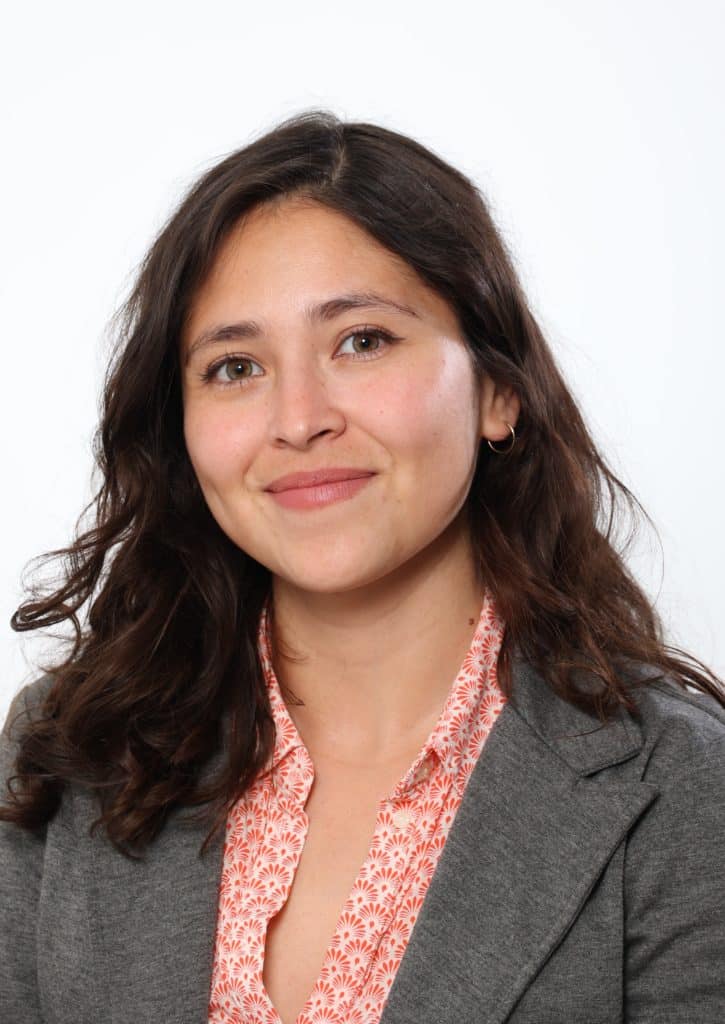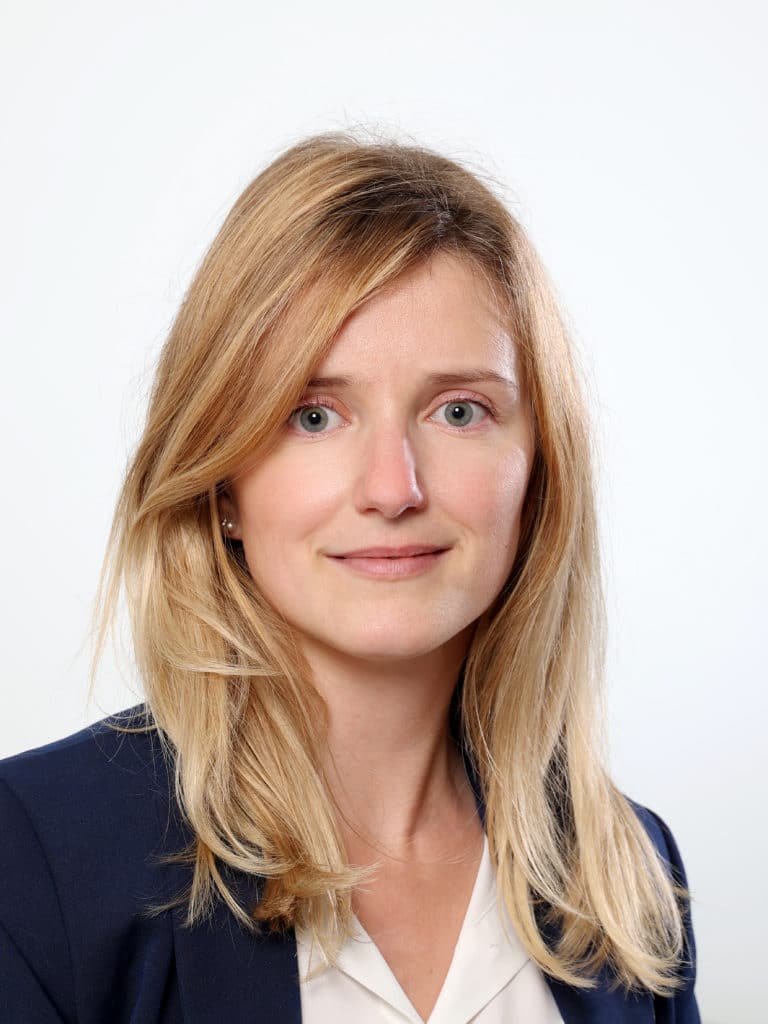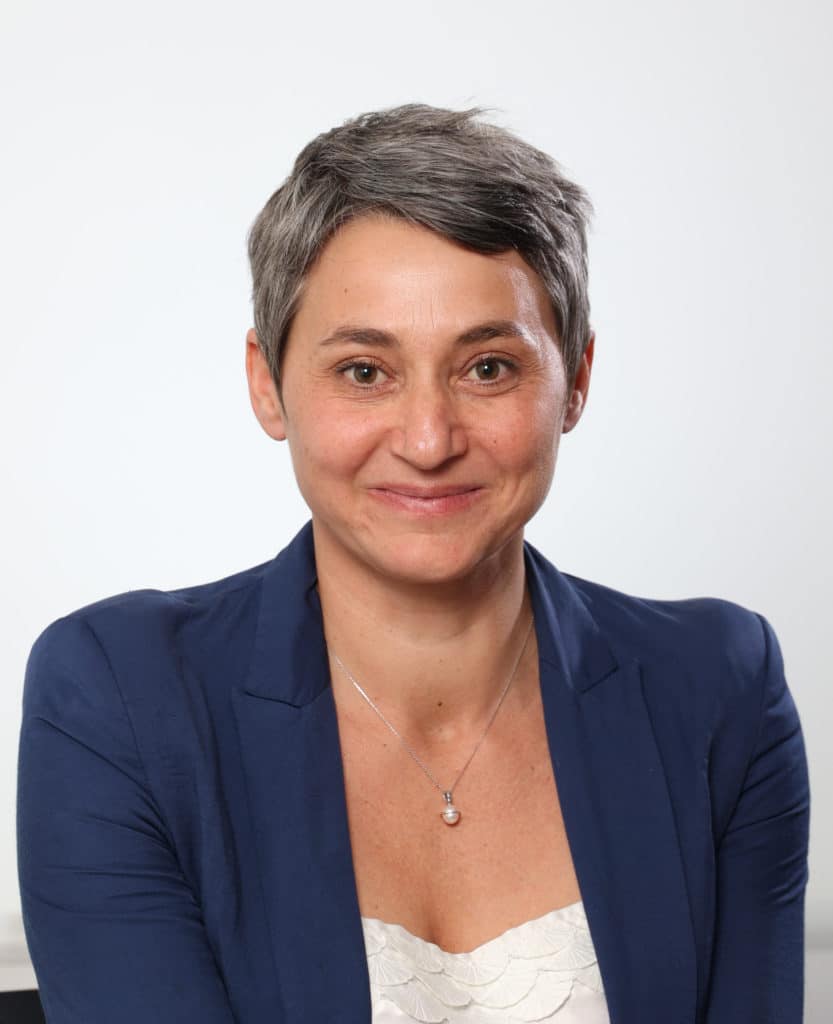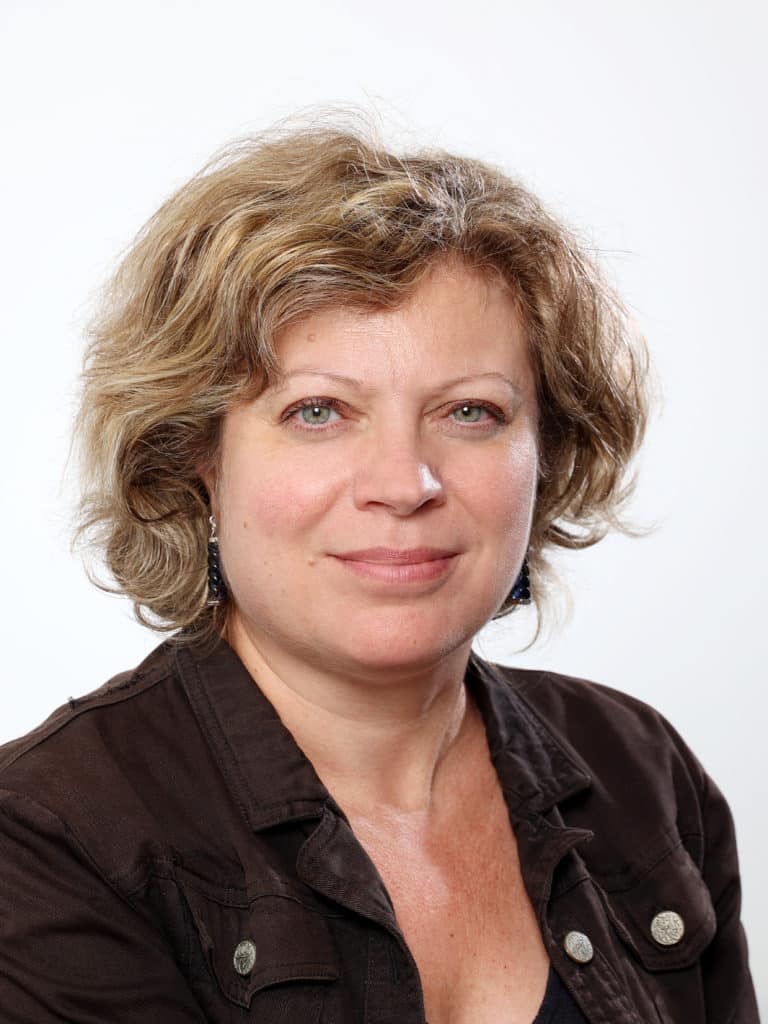Travaux d’installation d’une trame sombre
Une réalisation proposée par Ville de Douai

Contributeur
Roger Couillet : rcouillet@ville-douai.fr
Descriptif
Le contexte du projet de la trame sombre de Douai s’inscrit dans un milieu urbanisé. Cette notion de milieu est primordiale et doit être reprise dans le diagnostic préalable sur la pertinence de mise en place d’une trame sombre.
L’éclairage extérieur est généralement installé pour des raisons de sécurité. Il participe à la vie nocturne de la cité avec un rôle sociétal
Concilier les usages, la protection de la biodiversité, la limitation des nuisances lumineuses par le rétablissement de corridors écologiques nocturnes à l’appui d’un indicateur fiable : les chauves-souris, tout en respectant l’optimisation énergétique et la maintenabilité.
- Espaces publics et espaces verts
- Milieux naturels et aquatiques, biodiversité
- Énergie
- Sécurité
- Quartier
Fiche d'identité
- > 20 000 < 100 000 habitants
Médias
Évaluation du projet*
sur la base du déclaratif du contributeur
Critère n°1 : SOBRIÉTÉ
La notion de coût global basé sur le coût de cycle de vie de l’installation a été pris en compte pour ce projet, notamment quant aux durées de vie fonctionnelles de service des luminaires source LED.
L’optimisation photométrique du projet, des profils nocturnes adaptés aux usages permettront des économies d’énergie active d’environ 77%, soit près de 48.94 TEP (sur la 119g CO2 par kWh consommé, donnée Ademe).
Oui, cette logique de sobriété énergétique et lumineuse s’applique à l’ensemble de ce projet, et a été un des axes majeurs du dimensionnement des installations.
Les durées de vie élevées et les protections additionnelles permettront de limiter les déplacements pour les maintenances.
Critère n°2 : INCLUSION
S’agissant d’un projet à caractère innovant d’un point de vue technologique, une concertation a été menée avec un BE spécialisée dans les plans d’action en faveur de la protection de la biodiversité dans le cadre d’une thèse, notamment quant à la gestion des points de conflit éclairage artificiel-impacts sur la biodiversité et les préconisations technologiques.
Oui, des actions de communication sont en cours. Le ressenti des habitants est positif notamment quant à l’amélioration de la qualité de l’éclairage extérieur.
Critère n°3 : RÉSILIENCE
Outils de collecte par ultra-sons pour l’activité des chauves-souris, utilisation d’une base de données GMAO-SIG de la Ville de Douai.
Critère n°4 : CRÉATIVITÉ
Oui, technologie expérimentale. Voir ce diaporama pour en savoir plus.
Critère n°5 : POTENTIEL DE RÉPLICABILITÉ
Oui, suivant les dispositions technologiques prévues dans le marché sous réserve d’un diagnostic pour identifier les enjeux et d’une étude d’impact a posteriori

